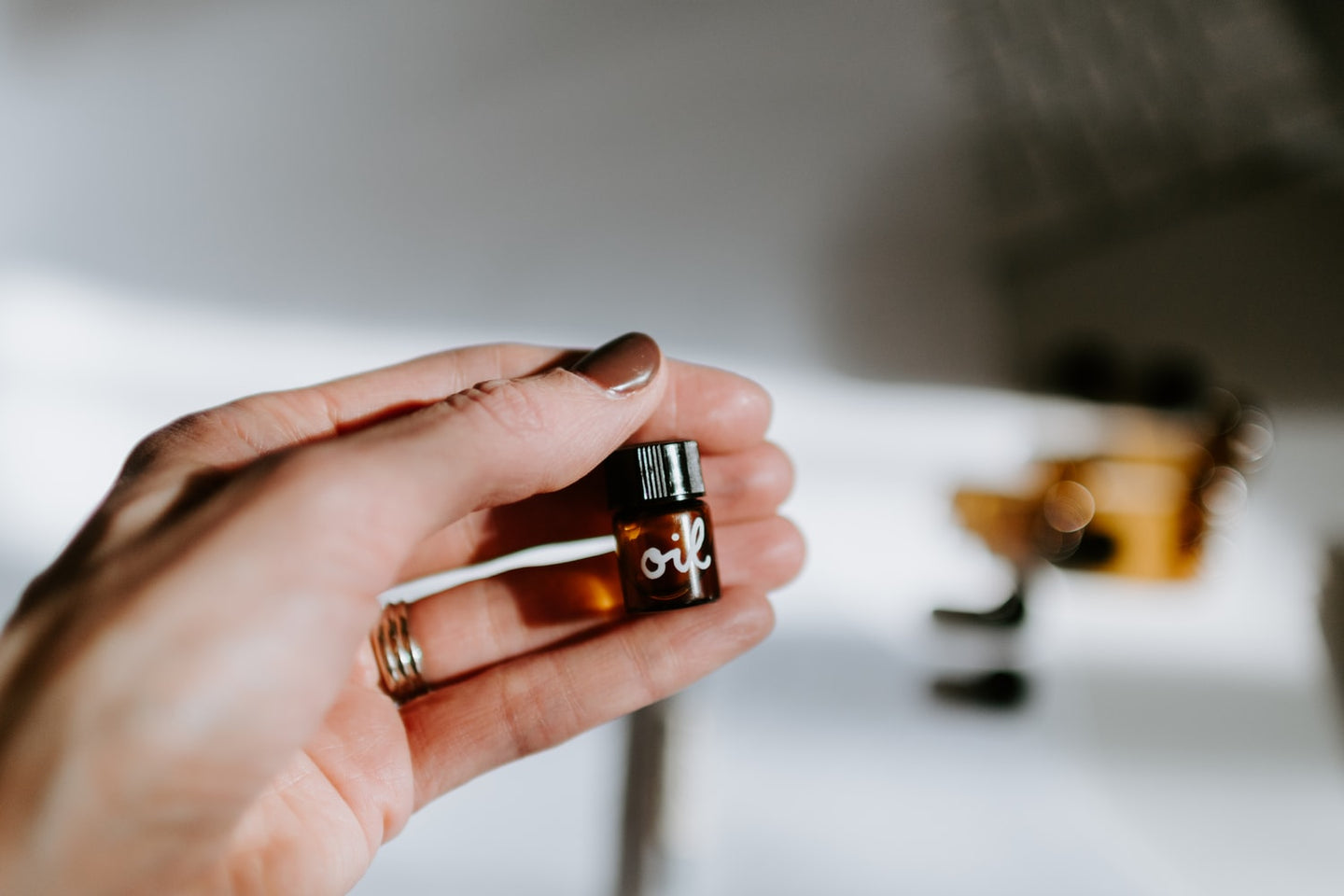
Beginner's guide to essential oils
You've heard all the buzz around essential oils and now you think you are ready to give it a try. But, you are skeptical. With all of the conflicting information and a variety of opinions on essential oils; how do you possibly navigate them all without getting lost and spending a fortune?
Here is a simple "getting started" guide you can use to understand the A, B, C's of EO's.
What are essential oils?
Once you understand the value of each oil and how they are created, you might look at the sage in your herb garden as more than an herb for your Thanksgiving stuffing.
Essential oils are extracted from plants using a variety of methods, with distillation and cold-pressing being the most common. These extractions produce an "essential" oil that captures the aromatic and chemical properties of each plant. These oils are made up of tiny molecules that are easily absorbed and interact with bodily systems. The interaction within the brain and body can elicit different responses depending on the type of oil.
Best essential oils to start with
Unlike your favorite cozy robe where one size fits all, such is not the same with essential oils. Until you have experimented with different oils, keep in mind that each oil may have a slightly different effect on everyone. However, there are a good number of oils that are versatile and well-loved by most. There are a few factors you may want to consider when first selecting which to start with.
What are you treating?
As mentioned above, the various constituents that make up each oil create not only a unique aroma but also a notable effect on the mind, body, and spirit. Determine your intended goal. Are you wanting to reduce stress, lift a blue mood, fight seasonal germs, or vanish skin imperfections? For example, essential oils high in linalool (lavender) are shown to have a positive effect on anxiety, depression, and interrupted sleep patterns. Lavender is also recognized for its anti-inflammatory properties which make it a popular oil for use in topical treatments and skincare.[1,2] The options and results are endless.
Method of use?
Essential oils enter the body primarily in three ways— topically, inhaled, or ingested. Ingesting essential oils can be risky and not advised for the majority of oils. The two most common methods, therefore, are inhaled and topical. When essential oils are absorbed through the skin or lungs, they enter fluids and are distributed throughout the body, where their chemical constituents can interact with other bodily systems.
Diffuser
Practical and fast becoming a fashionable home must-have for style-conscious consumers, oil diffusers are a practical way to fragrance any room. It allows you to create any environment you wish whether it be at your home, office, or any other space you spend time in. When essential oils are inhaled, receptor cells receive the aroma and send signals to the portion of the brain (limbic) that controls blood pressure, heart rate, breathing, hormone balance, and more.[3] Essential oils are placed in a diffuser with water and sometimes with heat, so the scent is dispersed through evaporation. Get that urge for a candy bar to lift that afternoon fog? Try diffusing peppermint with orange oil to give you a calorie-free jolt while increasing your energy and creativity!
Topical
Wish you could take the relaxing scent of the spa home with you? You can!
Essential oils can be applied to the skin using a variety of techniques. It is important to note that many essential oils cannot be applied directly to the skin without being diluted. Organic and cold-pressed carrier oils, such as almond or apricot kernel oil, are ideal as they are lightweight and don't have a strong scent of their own. Drops of essential oil are added to a natural carrier oil and massaged onto the skin where they can be absorbed.
Fighting acne, stretch marks, dull skin, or bothered by pesky insects? Chances are, there is an essential oil for whatever ails you. As a general rule when applying oils topically, you should begin at a 1% concentration; one drop of oil to a teaspoon of carrier. It's important to note that this dilution changes for babies and children so caution should be exercised.
Ready to try out essential oils yourself? Click here to shop Beachwood Essentials oils and accessories!
Resources
-
Koulivand, P. H., Khaleghi Ghadiri, M., & Gorji, A. (2013). Lavender and the nervous system. Evidence-based complementary and alternative medicine : eCAM, 2013, 681304. https://doi.org/10.1155/2013/681304
-
Cardia, G., Silva-Filho, S. E., Silva, E. L., Uchida, N. S., Cavalcante, H., Cassarotti, L. L., Salvadego, V., Spironello, R. A., Bersani-Amado, C. A., & Cuman, R. (2018). Effect of Lavender (Lavandula angustifolia) Essential Oil on Acute Inflammatory Response. Evidence-based complementary and alternative medicine : eCAM, 2018, 1413940. https://doi.org/10.1155/2018/1413940
-
Sowndhararajan, K., & Kim, S. (2016). Influence of Fragrances on Human Psychophysiological Activity: With Special Reference to Human Electroencephalographic Response. Scientia pharmaceutica, 84(4), 724–751. https://doi.org/10.3390/scipharm84040724
